Dogs, known for their loyalty and companionship, are often referred to as “man’s best friend.” Over thousands of years, humans have selectively bred dogs for various purposes, creating a diverse range of breeds.
While some dog breeds are well-known and widely popular, others are rarer and less commonly seen. Rare dog breeds are often unique due to their history, physical characteristics, or limited geographic distribution.
This article explores rare species of dogs, focusing on their origins, characteristics, and the challenges they face in terms of conservation and breeding. We will also discuss how the rarity of these dogs contributes to their allure and what efforts are being made to preserve them.
Rare Dog Breeds
A “rare” dog breed is one that is not commonly seen, often due to its limited population, geographic location, or specialized characteristics. Many rare dog breeds have been bred for specific purposes, such as hunting, herding, or guarding, and over time, their numbers dwindled, leaving only a small population behind.
Factors Contributing to Dog Rarity
- Geographic Limitation: Some dog breeds are native to specific regions, limiting their availability and exposure to the wider world.
- Small Breeding Population: Some breeds are the result of isolated breeding populations, often making them rare due to genetic factors.
- Historical Decline: Many rare breeds have faced near extinction at some point in history, either due to wars, changing human needs, or selective breeding for other characteristics.
- Specialized Functions: Breeds that were once bred for specific functions (e.g., herding, hunting) may have seen their numbers decrease as technology and societal changes diminished the need for these roles.
Examples of Rare Dog Breeds
1. Azawakh
Originating from the Sahel region of Africa, the Azawakh is a sighthound breed known for its slender, elegant build and incredible speed. These dogs were traditionally used by the Tuareg people for hunting in the arid African landscape. While they are gaining popularity in the Western world, the Azawakh remains relatively rare outside its native region.
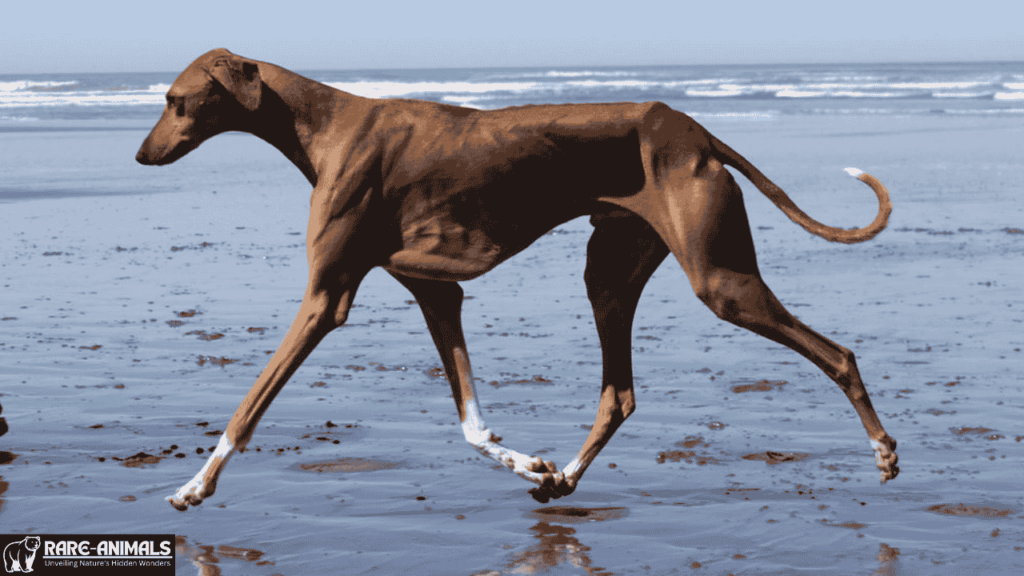
Characteristics:
- Size: Medium to large
- Coat: Short and fine, often in a variety of colors such as red, fawn, and brindle
- Temperament: Independent, loyal, and alert
- Lifespan: 12 to 15 years
- Primary Use: Hunting and guarding
| Characteristic | Value |
|---|---|
| Size | Medium to large |
| Coat Type | Short, fine |
| Lifespan | 12 to 15 years |
| Primary Use | Hunting, guarding |
| Temperament | Independent, loyal, alert |
2. Chinook
The Chinook is a rare working dog breed that was developed in the early 20th century in New Hampshire, USA. Known for their strength, endurance, and friendly nature, Chinooks were originally bred for sledding and other work in harsh winter climates. They are not as commonly seen as other working dog breeds like the Alaskan Malamute or Siberian Husky.
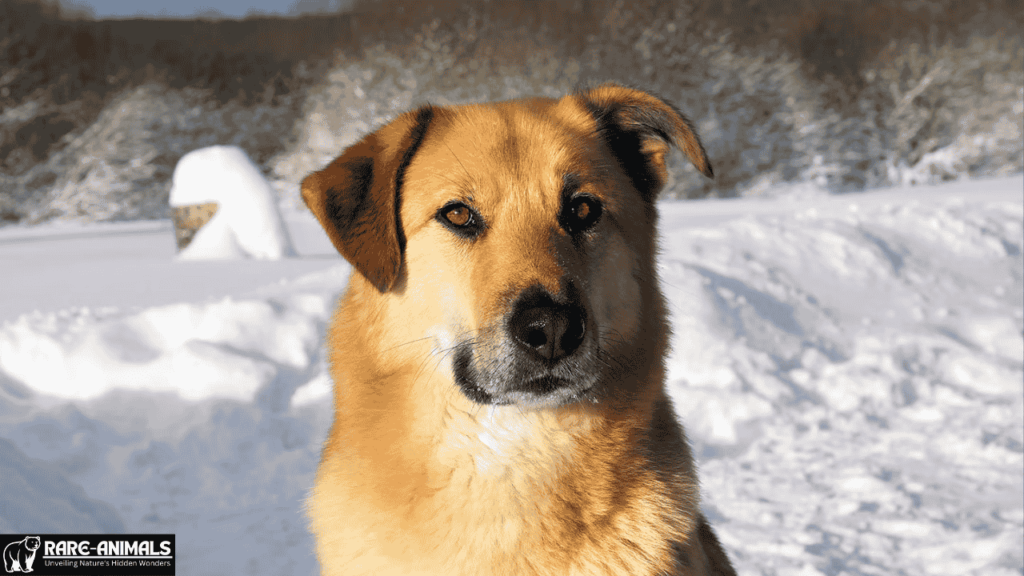
Characteristics:
- Size: Medium to large
- Coat: Dense double coat, usually a golden tan color
- Temperament: Intelligent, friendly, and good-natured
- Lifespan: 12 to 15 years
- Primary Use: Sledding, working dogs
| Characteristic | Value |
|---|---|
| Size | Medium to large |
| Coat Type | Dense, double coat |
| Lifespan | 12 to 15 years |
| Primary Use | Sledding, working dog |
| Temperament | Intelligent, friendly, good-natured |
3. Mudi
The Mudi is a Hungarian herding breed known for its versatility and agility. These dogs are excellent working dogs and have been used for herding sheep and cattle for centuries. Despite their exceptional abilities, the Mudi remains relatively rare outside Hungary.
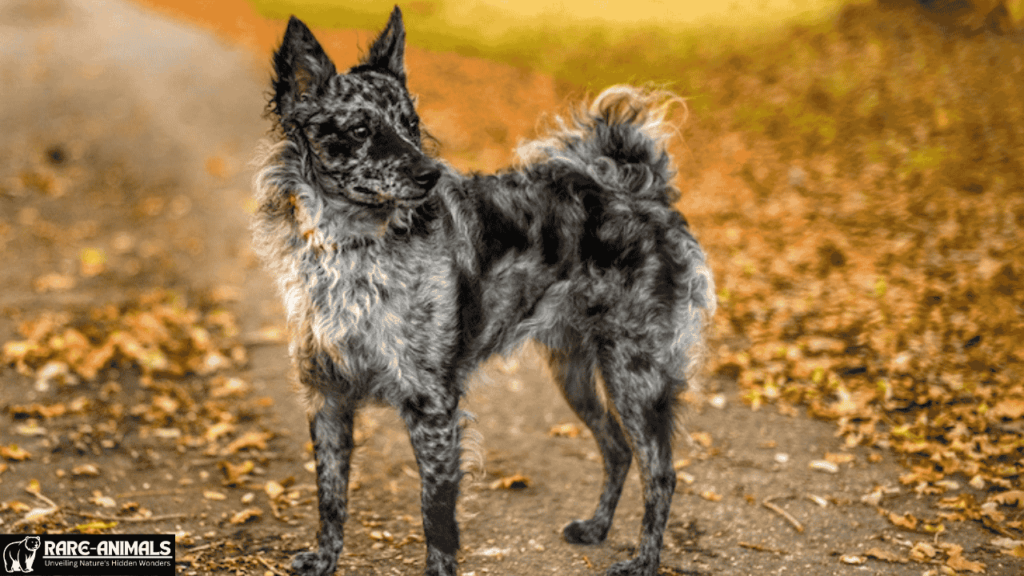
Characteristics:
- Size: Medium
- Coat: Wavy or curly coat, often in black or gray
- Temperament: Energetic, intelligent, and loyal
- Lifespan: 12 to 14 years
- Primary Use: Herding and working dog
| Characteristic | Value |
|---|---|
| Size | Medium |
| Coat Type | Wavy, curly coat |
| Lifespan | 12 to 14 years |
| Primary Use | Herding and working dog |
| Temperament | Energetic, intelligent, loyal |
4. Sloughi
The Sloughi, also known as the Arabian Greyhound, is a rare sighthound breed that originated in North Africa. Used primarily for hunting game like gazelles and hares, the Sloughi is known for its elegance and speed. It is a noble and ancient breed that remains relatively uncommon outside its native regions.
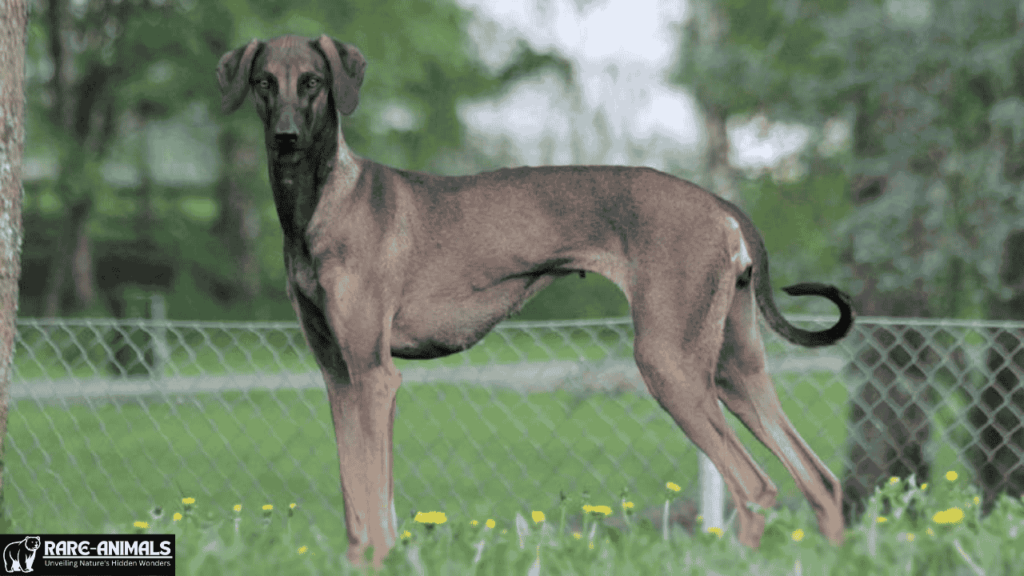
Characteristics:
- Size: Medium to large
- Coat: Short and smooth, often fawn or brindle
- Temperament: Independent, calm, and intelligent
- Lifespan: 12 to 14 years
- Primary Use: Hunting and companionship
| Characteristic | Value |
|---|---|
| Size | Medium to large |
| Coat Type | Short, smooth coat |
| Lifespan | 12 to 14 years |
| Primary Use | Hunting, companionship |
| Temperament | Independent, calm, intelligent |
5. Thai Ridgeback
The Thai Ridgeback is a rare breed from Thailand known for the distinctive “ridge” of fur along its back. This breed was originally used for hunting and guarding, and it is known for its loyalty and independence. The Thai Ridgeback is still uncommon outside of Thailand.
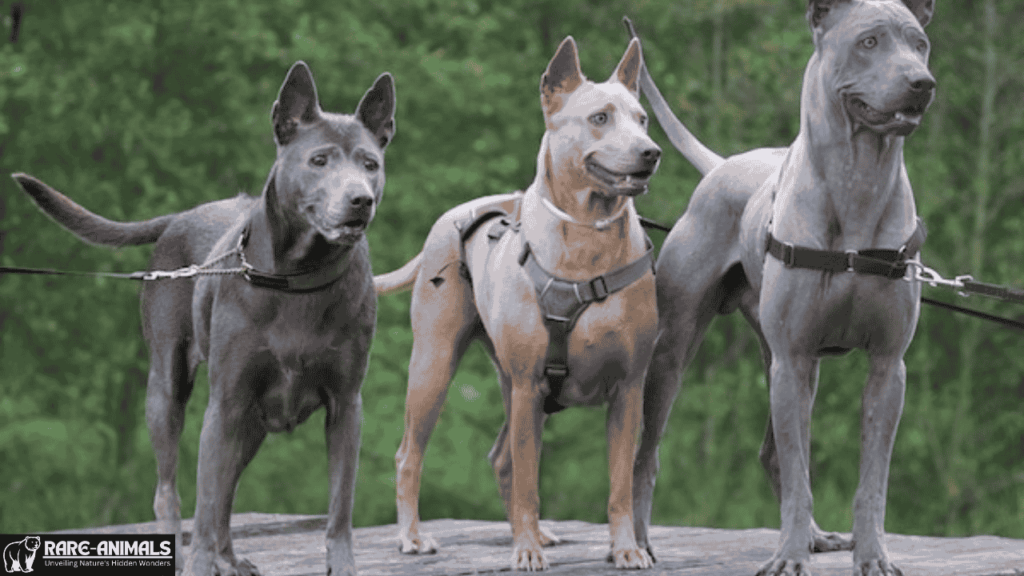
Characteristics:
- Size: Medium
- Coat: Short, with a distinctive ridge along the back
- Temperament: Loyal, independent, and alert
- Lifespan: 12 to 14 years
- Primary Use: Hunting and guarding
| Characteristic | Value |
|---|---|
| Size | Medium |
| Coat Type | Short, ridge on back |
| Lifespan | 12 to 14 years |
| Primary Use | Hunting, guarding |
| Temperament | Loyal, independent, alert |
Why Are Some Dog Breeds Rare?
Several factors contribute to the rarity of certain dog breeds:
- Geographical Isolation: Many rare breeds originated in specific regions or countries, making them less known or accessible outside those areas.
- Declining Interest: As society changes, the demand for certain types of working dogs (like herders or sled dogs) decreases, leading to a decline in breed popularity and numbers.
- Genetic Bottlenecks: Some rare breeds have gone through periods of near extinction due to war, disease, or other factors, resulting in a small breeding population and limited genetic diversity.
- Specialized Needs: Some rare breeds have been bred for very specific purposes, such as hunting particular animals or performing certain tasks, and may not be suitable for the average pet owner.
Challenges Facing Rare Dog Breeds
While rare dog breeds may be highly sought after for their unique characteristics and historical significance, they face several challenges:
1. Conservation Issues
The limited population of rare breeds can lead to inbreeding, which reduces genetic diversity and makes the breed more susceptible to genetic diseases.
2. Lack of Awareness
Many rare breeds are not well-known outside their native regions, which can hinder efforts to preserve them. Without increased awareness and interest, these breeds may face extinction.
3. Health Concerns
Some rare breeds have genetic predispositions to certain health problems, which can be exacerbated by the limited gene pool and lack of careful breeding.
4. Lack of Breeding Programs
Unlike more common dog breeds, rare species often have fewer established breeding programs, leading to difficulties in maintaining healthy populations.
Conclusion
Rare dog breeds are a fascinating and diverse group, each with its own unique history and characteristics.
While some of these breeds are fortunate enough to be gaining recognition and popularity, others remain endangered due to various factors such as geographic isolation, declining demand, and lack of conservation efforts.
The preservation of rare dog breeds requires a combination of education, responsible breeding, and active conservation efforts.
FAQs
1. What makes a dog breed rare?
A dog breed is considered rare if it has a small population, limited geographic range, or is no longer commonly bred due to changing societal needs.
2. Are rare dog breeds more expensive?
Yes, rare dog breeds are often more expensive due to their limited availability and the specialized care required to breed and maintain them.
3. How can I adopt a rare dog breed?
You can adopt a rare dog breed through reputable breeders, breed-specific rescues, or organizations dedicated to the preservation of these breeds.
4. What are some of the challenges faced by rare dog breeds?
Challenges include genetic bottlenecks, health problems, lack of awareness, and the difficulty of maintaining small breeding populations.
5. Can rare dog breeds make good pets?
Yes, many rare dog breeds are excellent pets, but they may require special care and attention due to their specific needs and temperaments. It is essential to research the breed’s characteristics before adopting one.

Alveena is an experienced content writer with a knack for crafting engaging and insightful pieces. She thrives on breaking down complex ideas and presenting them as clear, captivating content that resonates with readers.

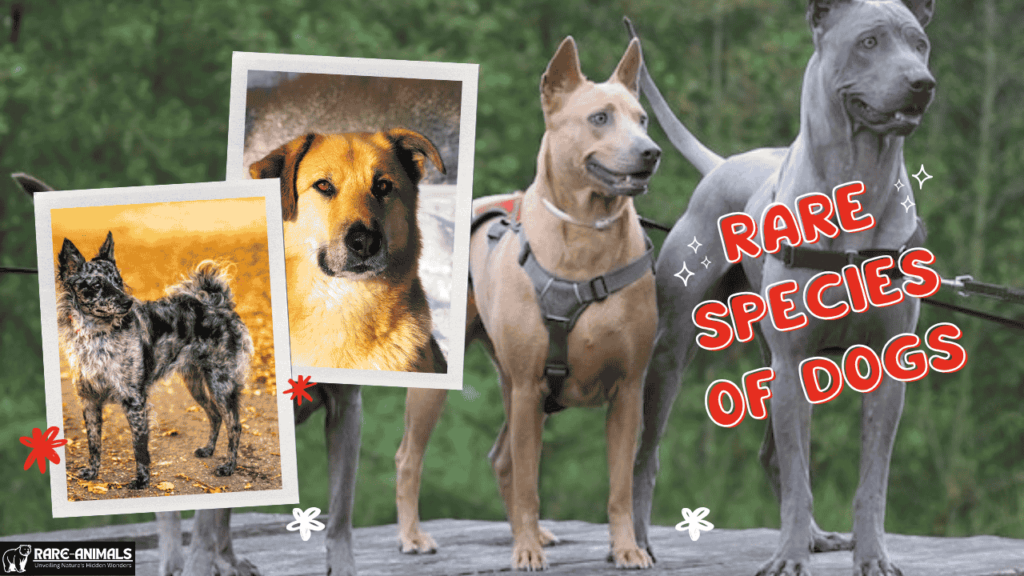






2 thoughts on “Rare Species of Dogs”